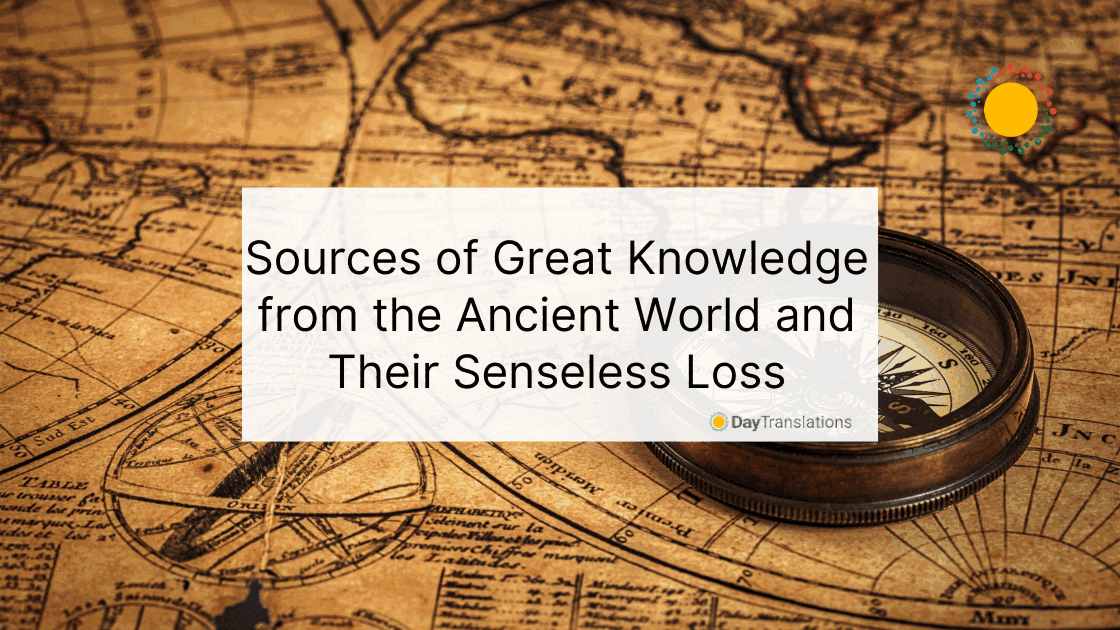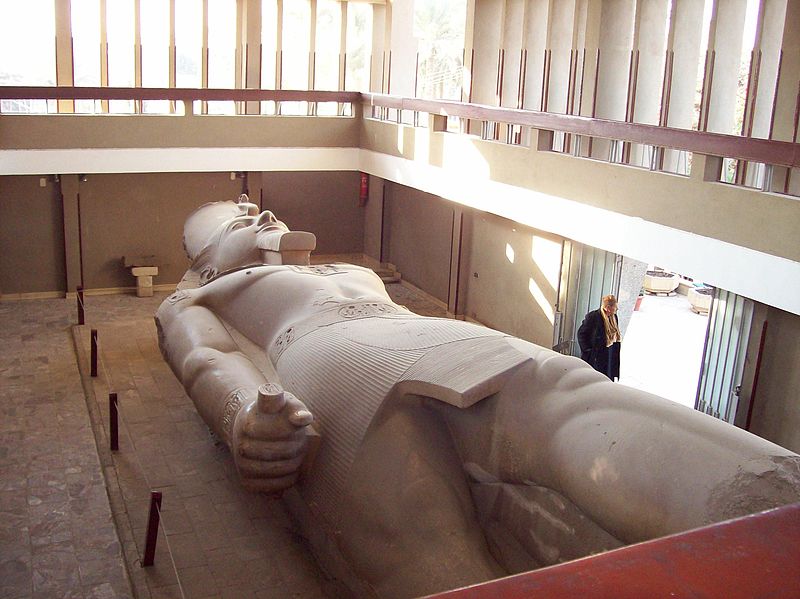Throughout the history of mankind, significant achievements in various fields and knowledge have been documented through books and other artifacts. Sadly, the method of preservation in the past is not the same with what we have these days. Back then, they didn’t have technology to ensure the preservation of these important documents and items. Worse, the past has also witnessed tons of wars from across the world. Thus, these supposedly historical and cultural artifacts from the Ancient World have become even more vulnerable to destruction.
Over the years, several events have taken place that led to the destruction of these valuable items. In most cases, they were destroyed for no reason at all. Thus, the treasures that people in the past had to offer to the modern generation have all gone with the wind. Let us take a closer look at instances where these tragic incidents took place.
The Burning of the Library of Alexandria
The Royal Library of Alexandria in Egypt is said to be one of the greatest learning centers during ancient times. It was home to hundreds upon thousands of literary masterpieces written in scrolls. They were not just made by Egyptians but of various writers from around the world as well. Sadly, in 48 BC, Julius Caesar had developed a hatred for Alexandria that he started destroying this city.
The Library of Alexandria became a second home to scholars around the world that are pursuing studies in medicine, literature, science, mathematics and philosophy. It is estimated that more than 500,000 books on various subjects were lost during the several fires that ultimately gutted the prestigious library. Reportedly Mark Anthony gave Cleopatra more than 200,000 scrolls before Julius Caesar destroyed the library. The collection could be larger since there were sister libraries that were utilized. The best known among these was the Temple of Serapis, located in the district of Rakhotis. It was said that Caliph Omar was the last man to order the destruction of the remaining scrolls in the Temple of Serapis. According to historians he ordered those scrolls to be used as tinder for the bathhouses because the books and scrolls (mostly Christian texts) contradict the Koran. At that time, it took six months to burn all the documents, attesting to its number.
Destruction of Nalanda, a Premier University in Ancient Times
Nalanda was a Buddhist university that flourished in Bihar, India during 5 AD until 1197 AD. According to some theories, the name Nalanda, which means Giver of Knowledge, came from the word “nalam” or lotus and “da,” which means “to give.” The university became a home to a lot of scholars from around the world. It has produced lots of geniuses in various fields. Several researches and studies made by the university students have contributed significantly to the world in many ways.
Nalanda was the world’s first international boarding school, with students coming from Indonesia, Ceylon, Korea and China aside from many parts of India. After passing a very difficult oral entrance exams, scholars can receive free education from the university. Subjects included crafts, medicine, mathematics, astronomy, linguistics, grammar, logic, theory and philosophy as well as the study of the Vedas and Buddhist scriptures. There were claims that at its peak, the university had more than 1,000 teachers and 10,000 students. Although based on archeological finds, this was not possible. The gatekeeper in the school’s only entrance was also learned, quizzing strangers that come by the university to gauge the extent of their previous knowledge before they can gain entrance.
It was pretty unclear why the Muslim army destroyed the university. It was said to be because of religious beliefs since the university was so successful in propagating the beliefs of Buddhism. The university’s library was destroyed beyond repair. In fact, the entire university was seen burning over the course of three months. Not only was the university lost for nothing; it also was a great loss of culture and knowledge, for it robbed the world of a great part of Buddhist history.
Mayan Codices Burnt for being an Instrument of Cult Practices
There is no doubt that the Mayans were such an advanced race, too far advanced for its time. They were undoubtedly experts in astronomy. Their codices were the written records of the Maya civilization and their destruction dealt the world a great blow in understanding this ancient but very advanced civilization. According to Bishop Diego de Landa, there were 27 codices or books that he ordered burned in 1562. Some claim that there were more. It could have been justified if only those burnt items were not of historical and cultural significance, but they were. However, there were about three codices that survived as well as a fragment of a fourth, which is still in dispute. These surviving codices are named after the city in which they are kept, namely:
• Paris Codex (Peresianus Codex) – includes 11 sheets that were painted on both sides; chronicling the cycle of thirteen 20-year k’atuns. This was a Maya calendar, with one k’atun cycle equivalent to 19.7 years or 7,200 days.
• Dresden Codex (Codex Dresdensis) – consists of 78 vividly illustrated and colored pages in 39 double sided sheets and measures 11 feet in total. They describe with great accuracy the movement of Venus in the Venus Table and the occurrence of eclipses in the Lunar Series.
• Madrid Codex (Tro-Cortesianus Codex) – consists of 56 pages painted on both sides, showing Maya horoscopes and almanacs, and their rituals and ceremonies.
• Grolier Codex (Grolier Fragment) – previously displayed at New York’s Grolier Club, it is now located in Mexico. It consists of 11 pages from a 20-page book, related to the almanac of Venus described in the Dresden Codex, therefore its authenticity is still under dispute.
Sadly, due to religious, political and cultural differences, a lot of valuable artifacts were lost forever. With modern technology in place, we hope not to see these tragic events happening again.














Sorry, the comment form is closed at this time.